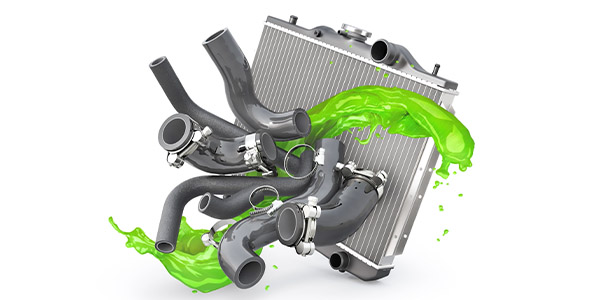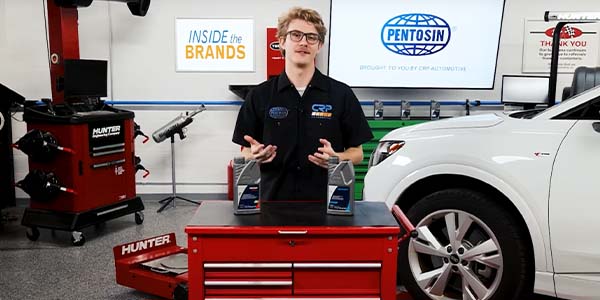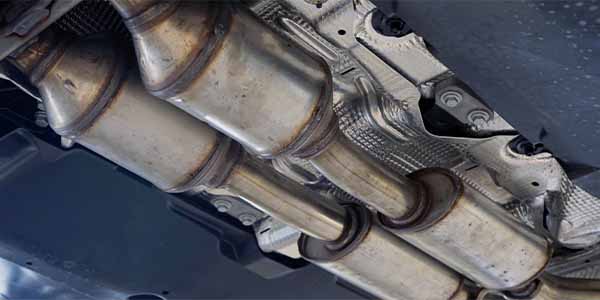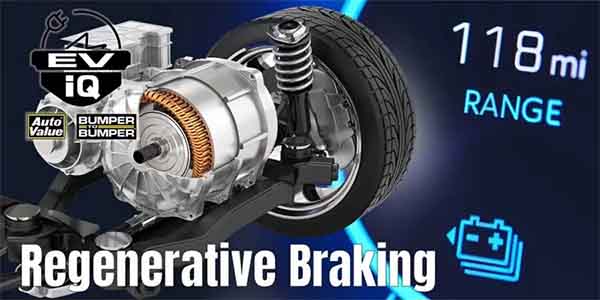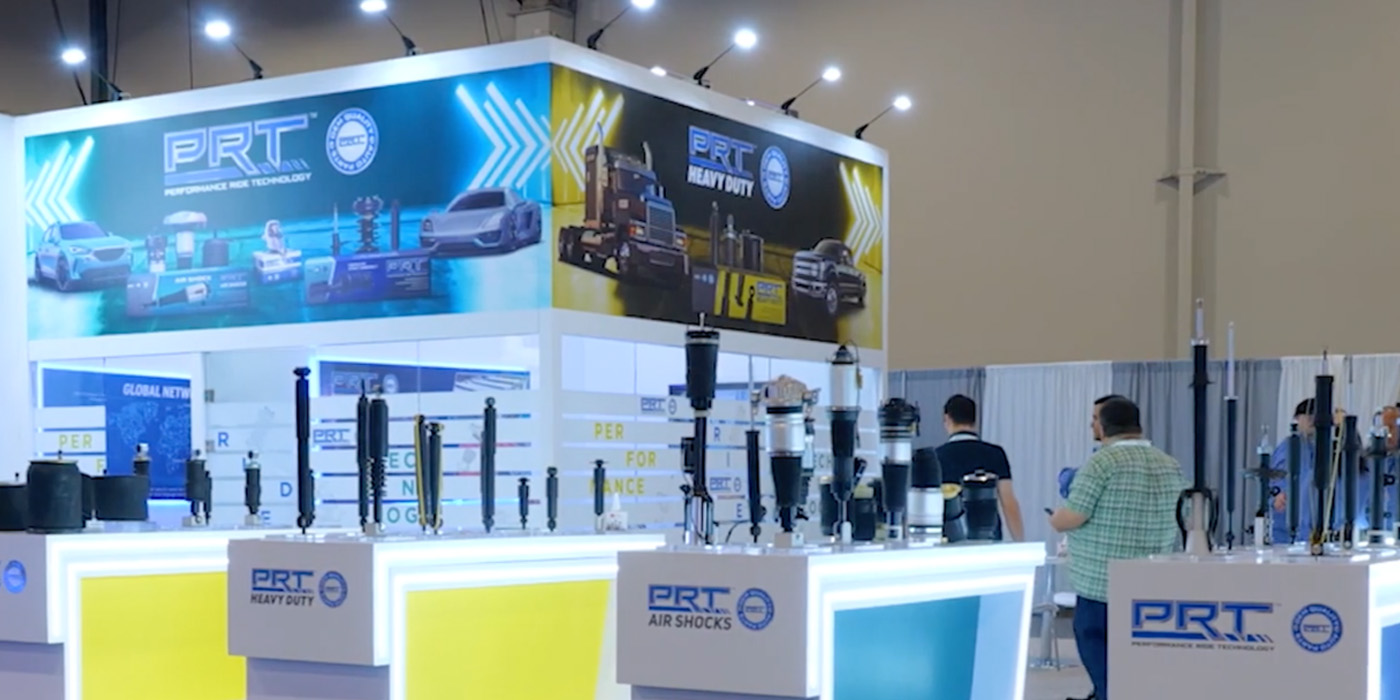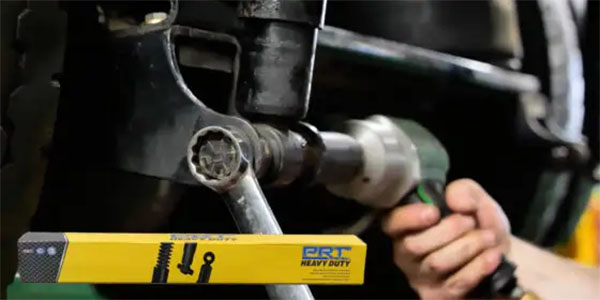CC:
Vehicles with stop/start systems can improve fuel economy by 3-5% depending on the driving habits of the customer, thanks to technology like the belt driver starter generators. These components usually include a battery pack, an electric motor or generator that converts AC to DC power as well as software and electronics that manage and send power from the generator to the vehicle’s conventional battery.
In addition, a separate engine accessory drive uses separate tensioners and a drive belt that transfers torque to the gasoline engine from the electric motor to make starting easier and acceleration better – it also transfers torque back from the gasoline engine to the electric motor to generate electricity.
But if that belt starts slipping for whatever reason, it can cause real problems. Belts that can’t maintain proper tension could potentially prevent the engine from restarting effectively, minimizing the fuel savings benefits of a mild hybrid system.
General wear and tear can happen over time, which can lead to an engine running sluggish and overheating. The driver’s first warning light poor gas mileage. Climate plays a part too – extremes at both ends of the thermometer can stress serpentine belts, and the sudden movements may be detrimental.
For this reason, belt inspection is critical – and that’s often as simple as looking carefully.
If you see a lot of movement or flutter in the belt as the engine is running, the tensioner may be failing – if it’s weak or sticking it should be replaced. It could also be that the original belt had been replaced previously with one that isn’t quite the correct length for the application.
Some vehicles have special pulleys that act like dual mass flywheels, dampening and decoupling vibration coming from the engine or drive belt system. Or, friction-based dampening elements help to control the movement of the dampener. All these elements can wear over time.
An automatic tensioner has a coil spring inside that applies just the right amount of force against the belt to keep it tight. The tensioner also provides a little “give” so it can absorb and cushion shock loads on the belt that occur when the A/C compressor clutch cycles on and off. The tensioner automatically compensates for wear and keeps the belt under constant tension but sometimes the bearings in a tensioner can fail and the pulley can disintegrate.
Many late-model vehicles do not use a solid alternator pulley. Instead, they have an Overrunning Alternator Pulley (OAP) or an Overrunning Alternator Decoupler Pulley (OAD). An OAP has a one-way clutch mechanism inside the hub that allows the belt to turn the alternator in one direction but allows the alternator to freewheel and spin at its own speed when the engine suddenly decelerates.
Whatever method is used to keep belts tight, proper belt tension is critical. Too little tension may allow the belt to slip and squeal. Slippage also causes the belt to run hot and age prematurely. And if the belt is loose, it may come off its pulleys. Too much tension on a belt may overload it in addition to the shaft bearings on the water pump, alternator, power steering pump and air conditioning compressor, possibly leading to premature failures in these components.
We’ve seen examples where the tensioner failed but the belt was unharmed. This isn’t a chance to save a buck – don’t risk failure down the road – if you replace the tensioner, replace the belt!
For more information visit Gates.com.
Thanks for watching.
This video is sponsored by The Group Training Academy.







